DOG TRAINING OFFERED IN-PERSON AND ONLINEOur dog training services are delivered in almost any format that meets your needs. We have GROUP CLASSES at our indoor and outdoor facilities on our farm, ONLINE LIVE STREAMING classes, and SELF-PACED VIDEO-BASED training through our Online Dog Training Course. Our PRIVATE TRAININGS can be done in-home, outside, in public dog-friendly locations, at our facility on our farm, online via phone or video conferencing and through email. |
If you’re thinking there’s a typo in the subject of my post, you did read it correctly. And yes, that is what I intended to say! We tend to be very quick to get upset or frustrated when our dogs “know” what we’re telling them to do and they seem to deliberately disobey us. I admit, sometimes I can get irritated when Romeo doesn’t do what I told him to do. But there are times when I am glad he does not do what I ask or tell him to do. Let me explain.
I hear people say they expect their dog to do as told “every time”, or “100% of the time”, or “always” – and I often hear trainers perpetuating this. None of us are 100% reliable. I am not perfect, and I do not expect my dog to be either. But that’s not what I’m talking about here.
There are times when I think it is appropriate – and expected – that my dog NOT do as he was told. For example, if what I just asked him to do is not safe – or does not FEEL safe to him – I expect him to disobey me. My ego is not so large that I want my dog to put himself in harm’s way just because I told him to do something. If my dog does not feel safe, does not have the confidence, or if it will cause my dog too much stress, I want him to disobey me. I want him to let me know there is a problem so I can remedy it.
I’ll give you a couple of examples. At the Summerset Festival Fun Day for Dogs demo that Romeo and I did this past Sunday (September 2012) morning on stage, one of the tasks I asked Romeo to perform was to return the basketball to me. I rolled it across the stage and asked him to push it back to me. He was doing so, but it rolled to the back of the stage where there was a tarp-like backing but not very sturdy. The ball was stuck. In addition to him not feeling safe about the tarp, I also knew that there were at couple of dogs behind the stage waiting to perform the next demonstration. The combination of those two things caused Romeo to refuse to get the basketball out of that predicament. Some people would have gotten upset that he didn’t do what he was told – how dare he disobey?! And in front of an audience, to boot! I was perfectly OK with him refusing. Once I moved the ball out of that spot, he continued his job and brought the ball to me.
One more example. Let’s say you are in a training class and you’ve asked your dog to do something that involves passing in close proximity to another dog. Maybe he’s done it before, maybe not. But this time, your dog refuses. You could try to force it, but if you know and trust your dog, you will understand if there is something about that other dog that makes your dog feel unsafe in doing so. Give him the benefit of the doubt. Give him a chance farther away or in some other – safer – context. But don’t force your dog to do something you want just to prove you can.
There are times when I ask Romeo to do something I know he’s not entirely comfortable doing. I know him well enough that I can push the envelope sometimes – because he trusts me. Trust goes both ways, and Romeo and I both try to make sure we have earned it.
If your dog is refusing to do something you are certain he knows, ask yourself if there is a legitimate reason for not performing. Learn to trust your dog and allow for some slack if the situation truly calls for it. Your dog will thank you for it.
Our goal is to positively impact the lives of as many dogs and their families as we can, in part through our extensive library of video, infographics and text articles. |

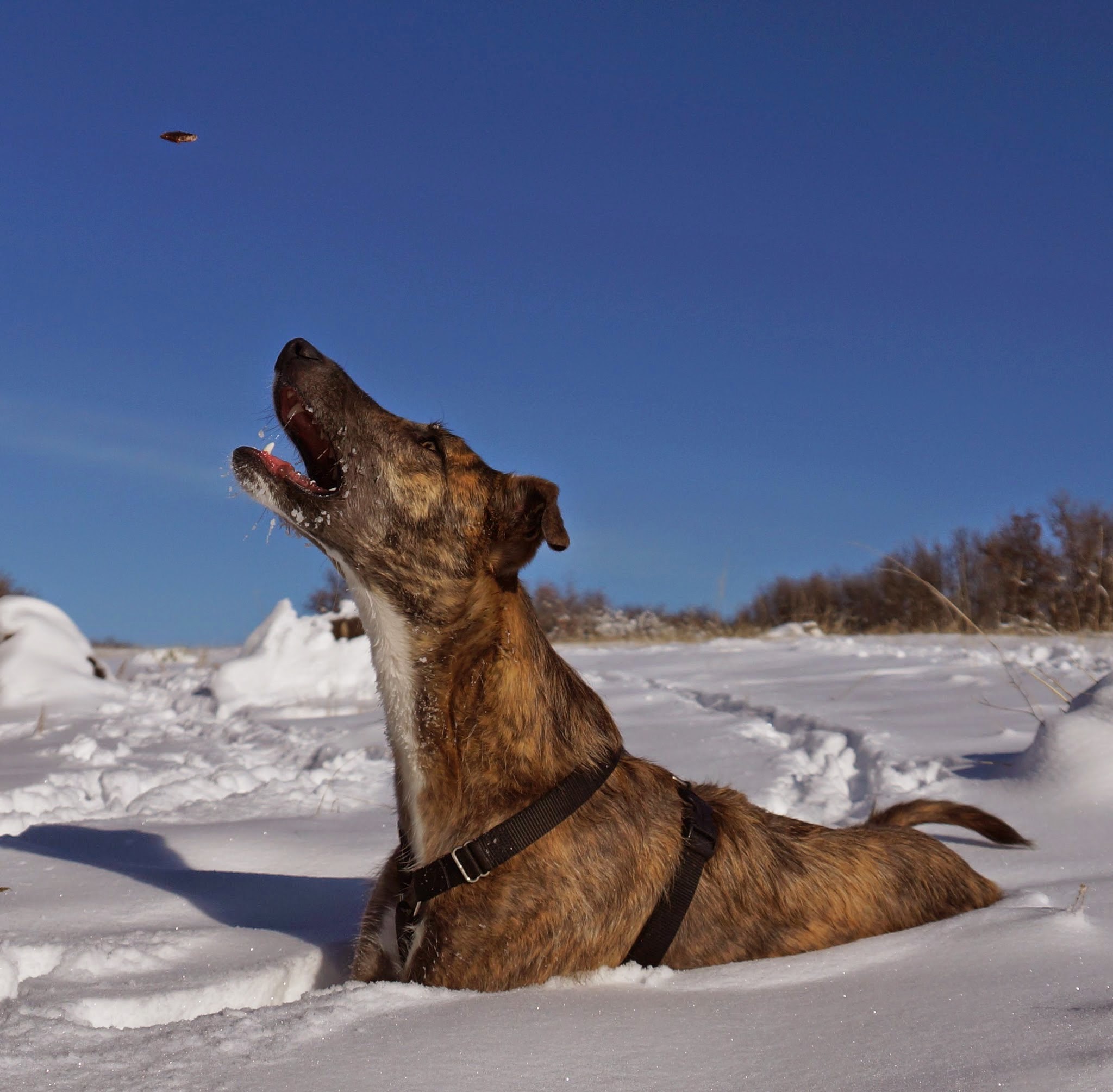
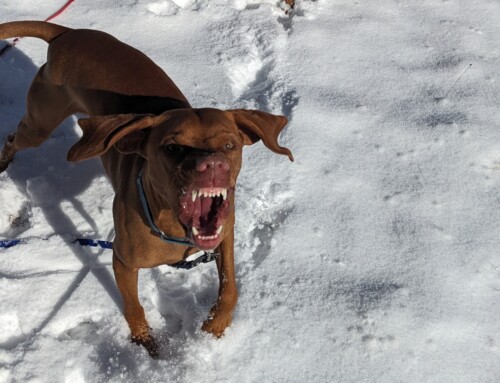


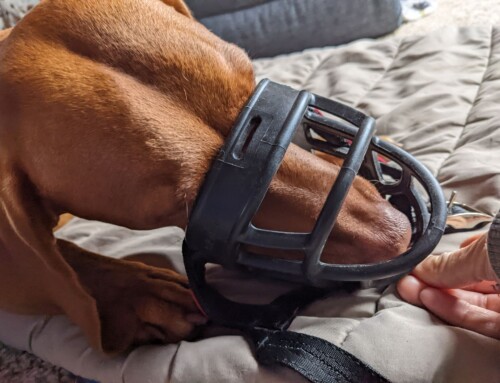
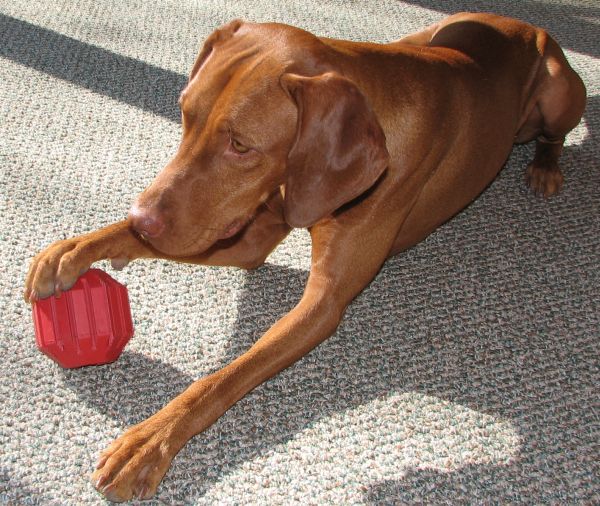
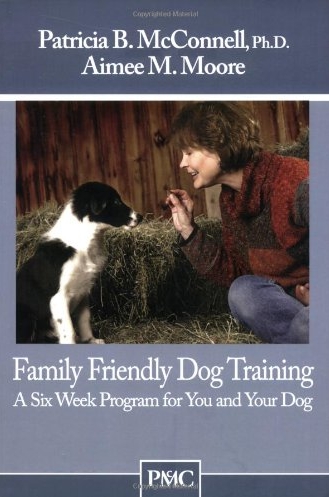
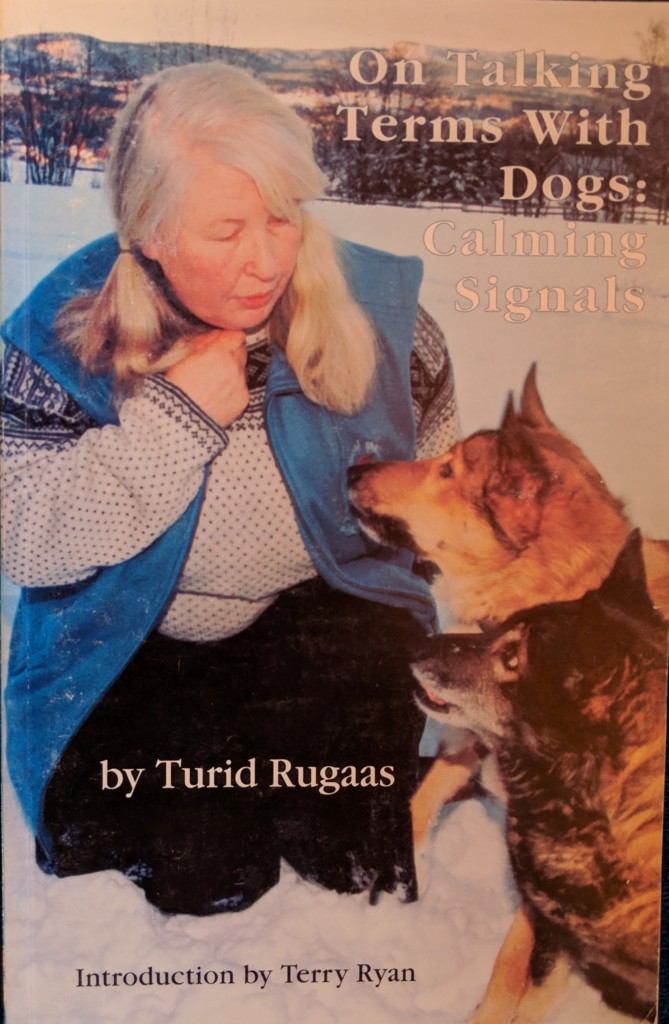

Leave A Comment